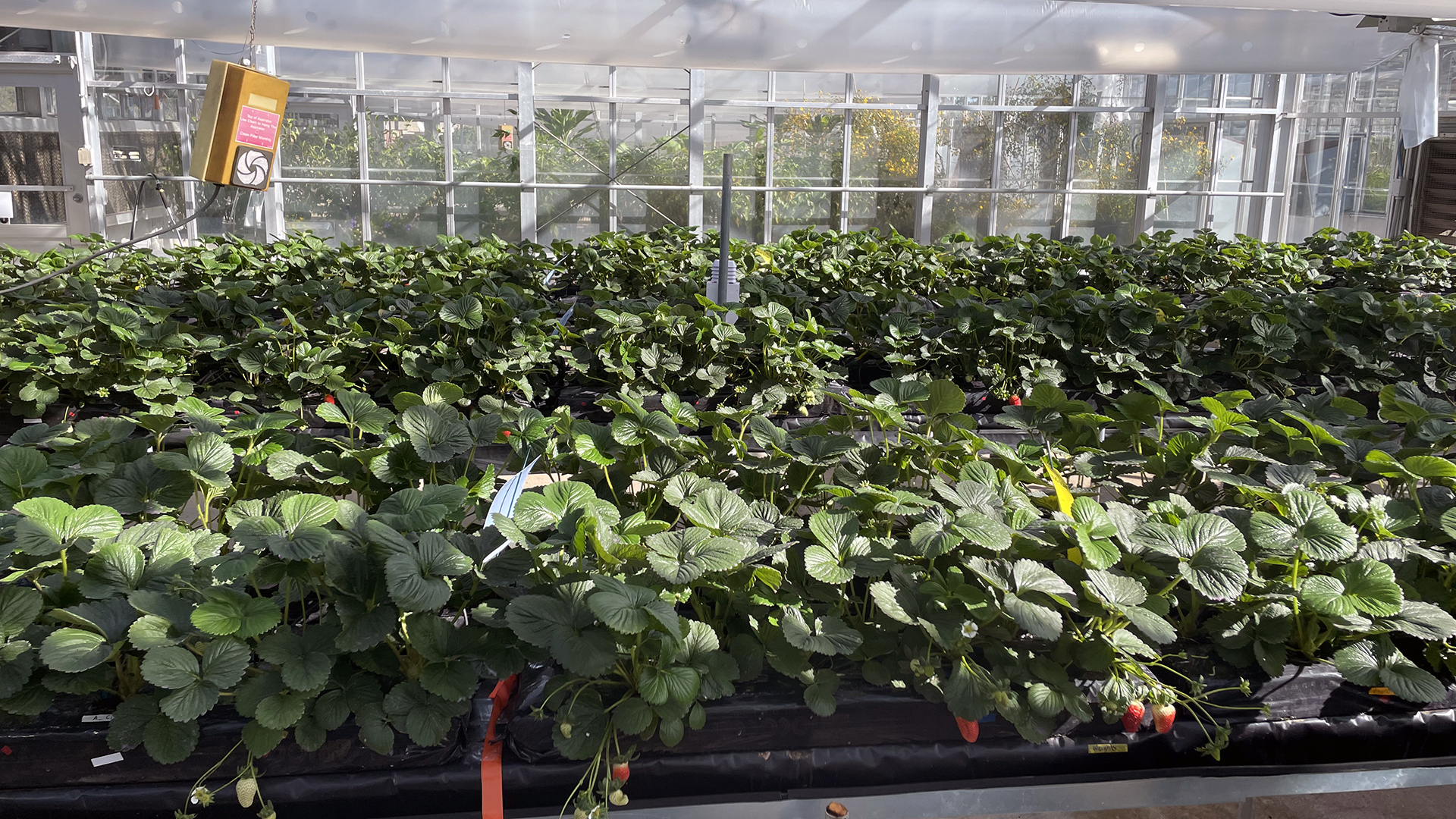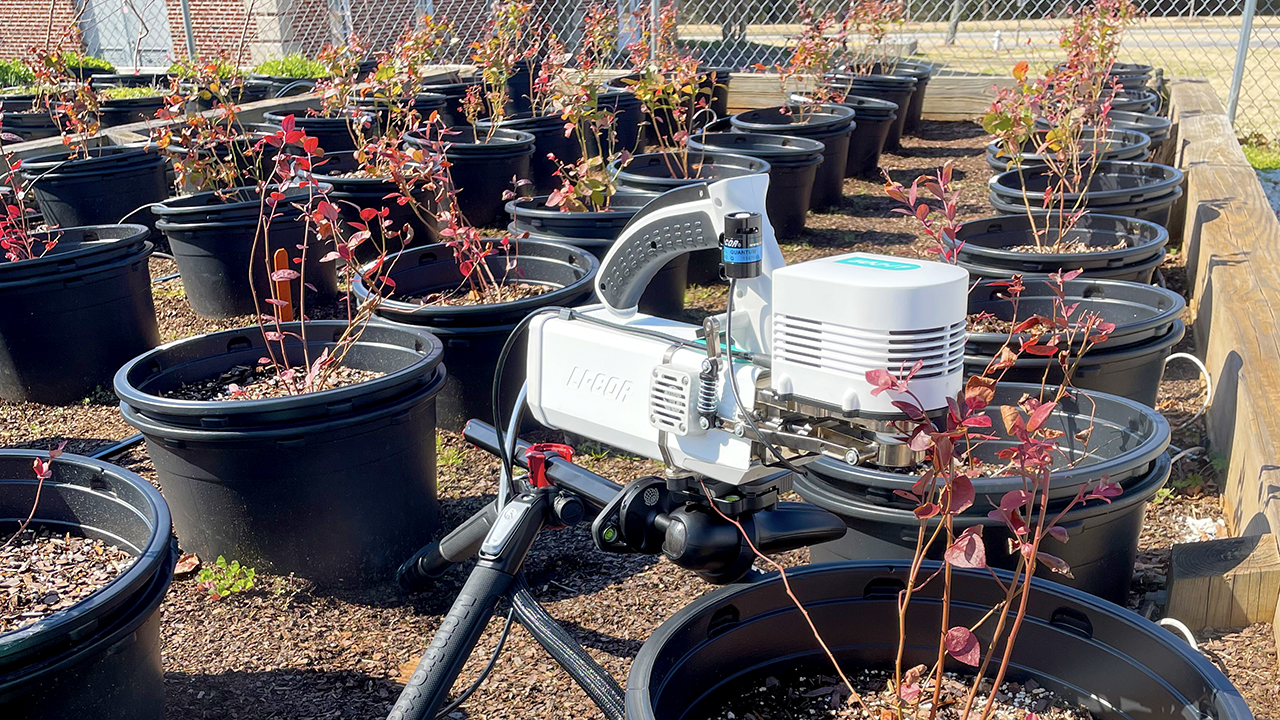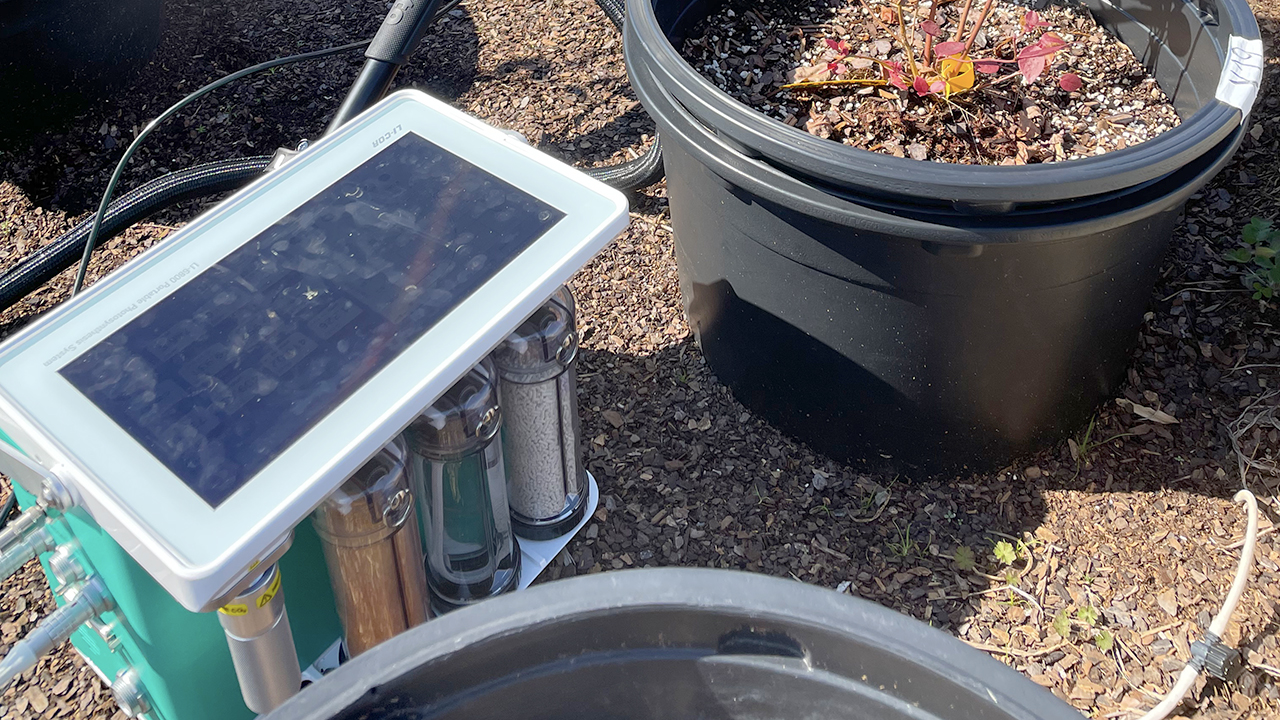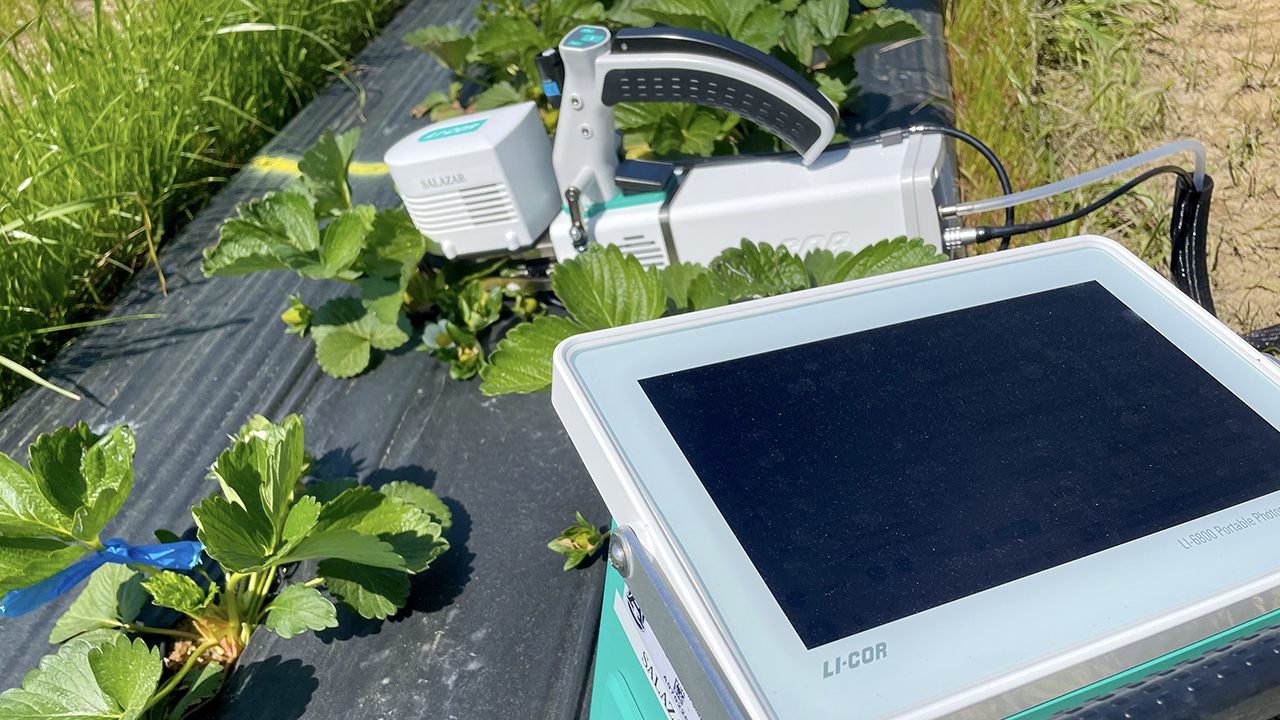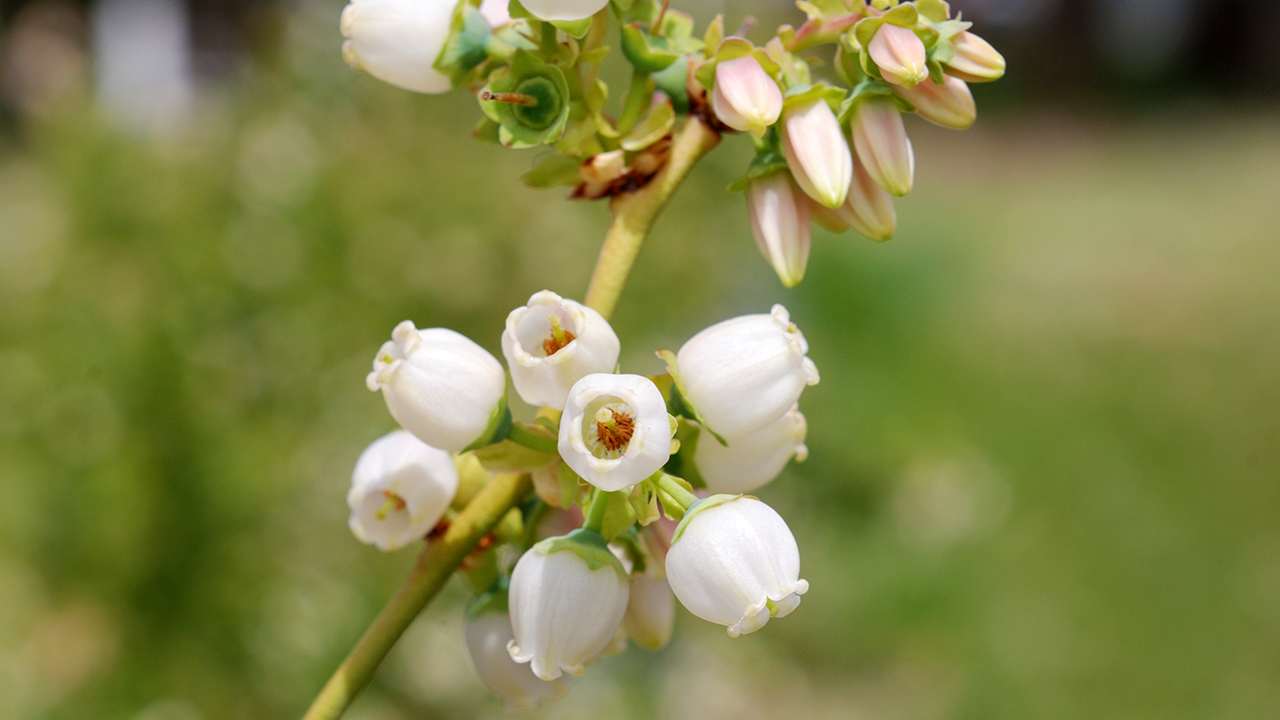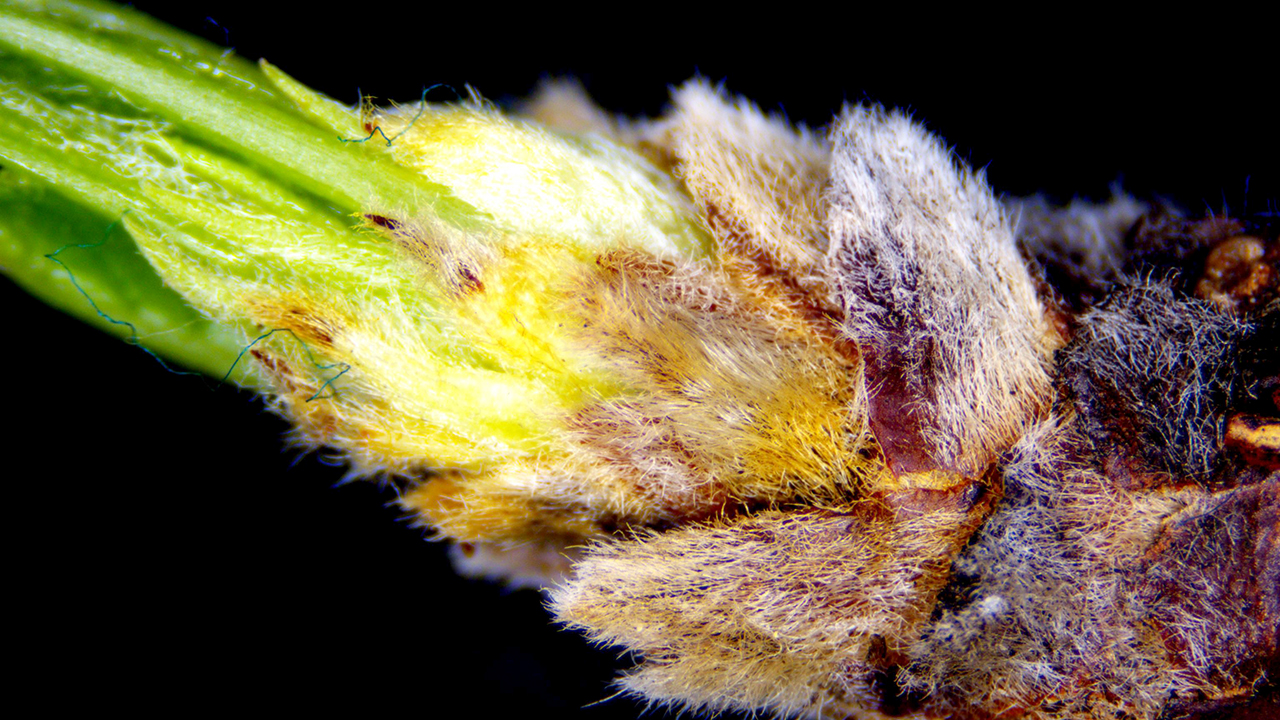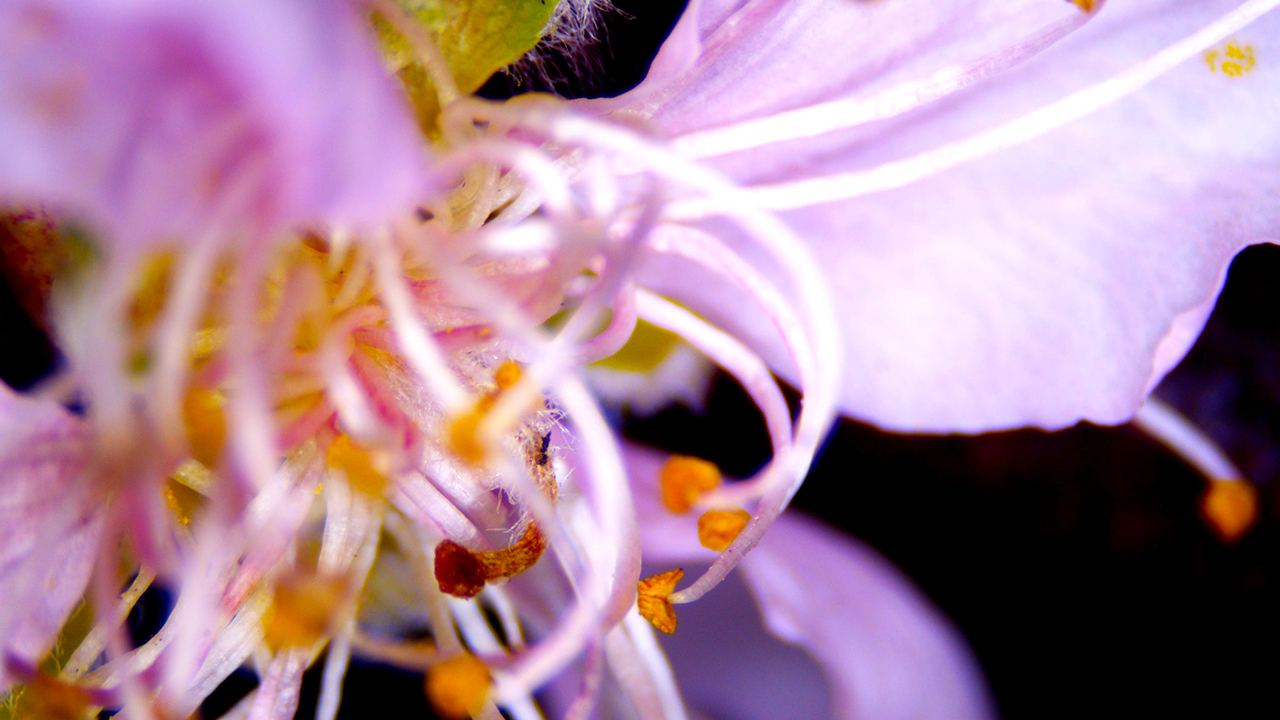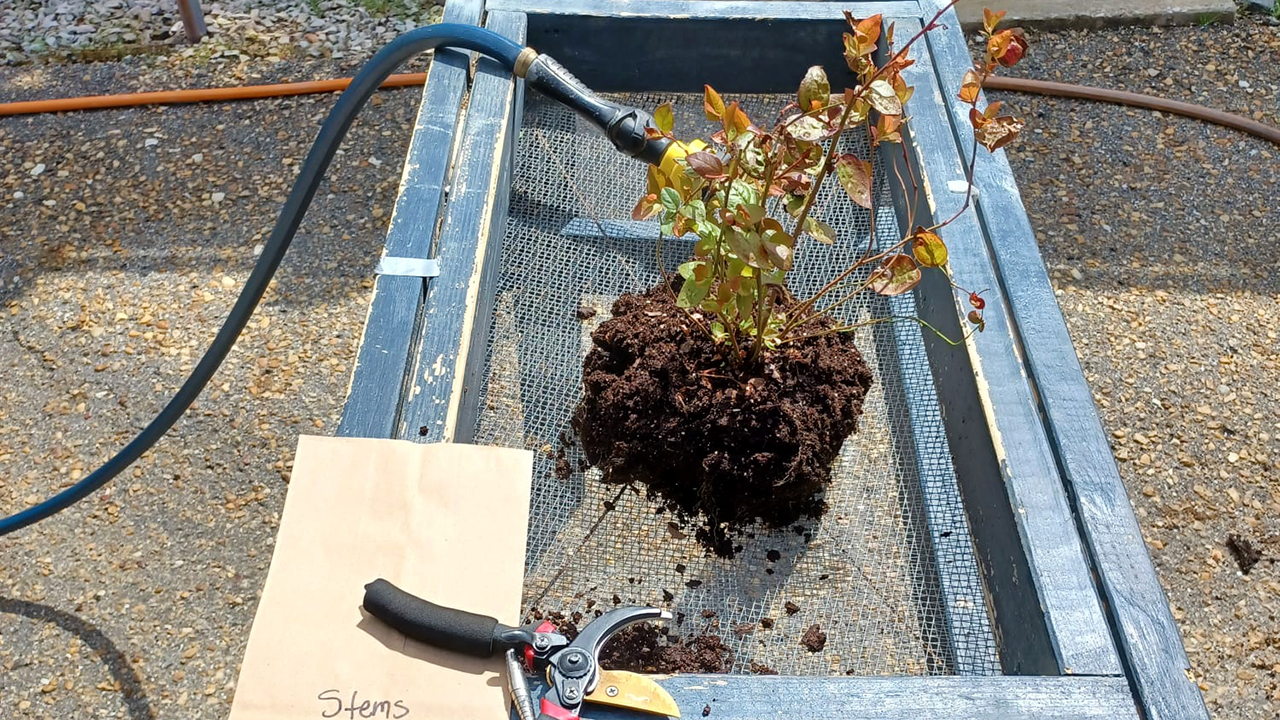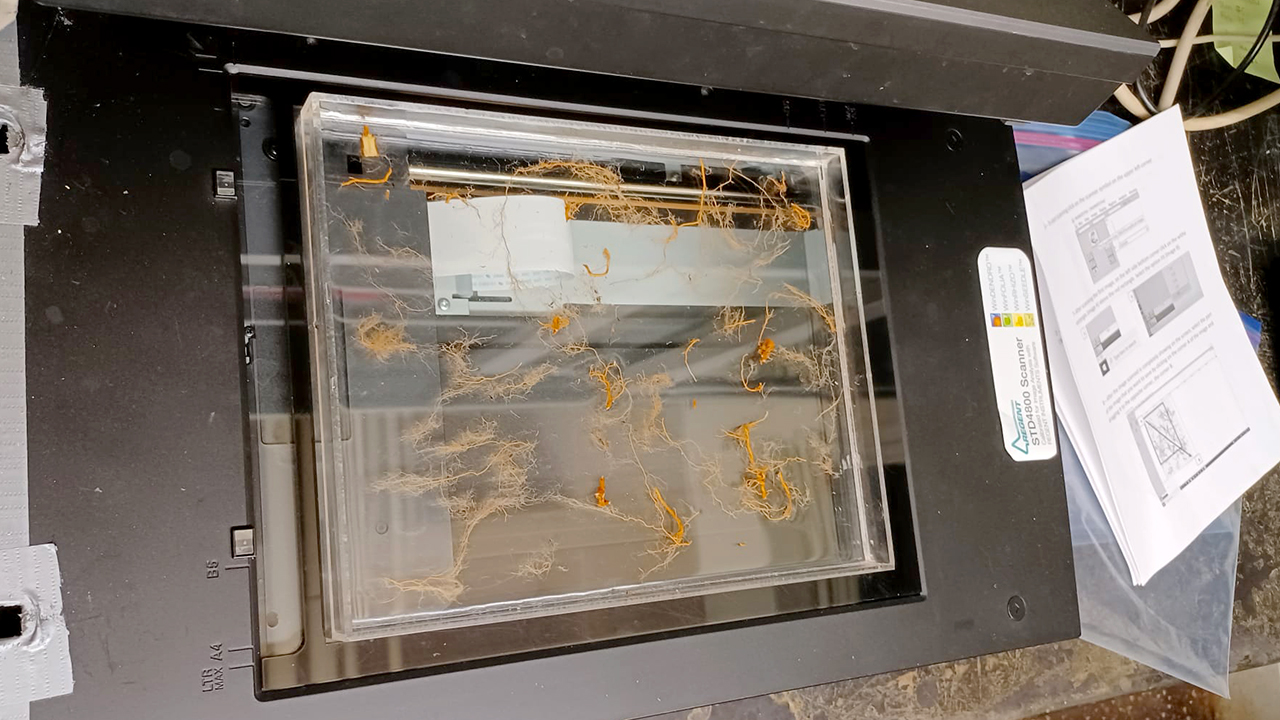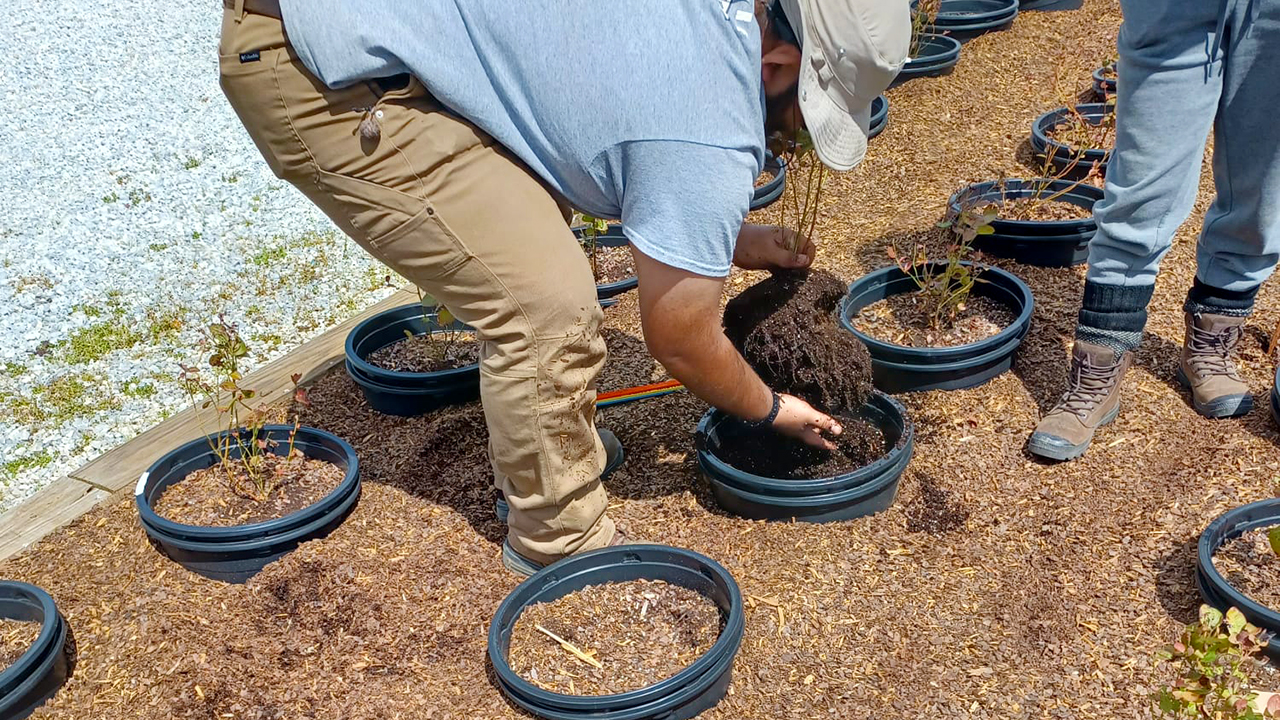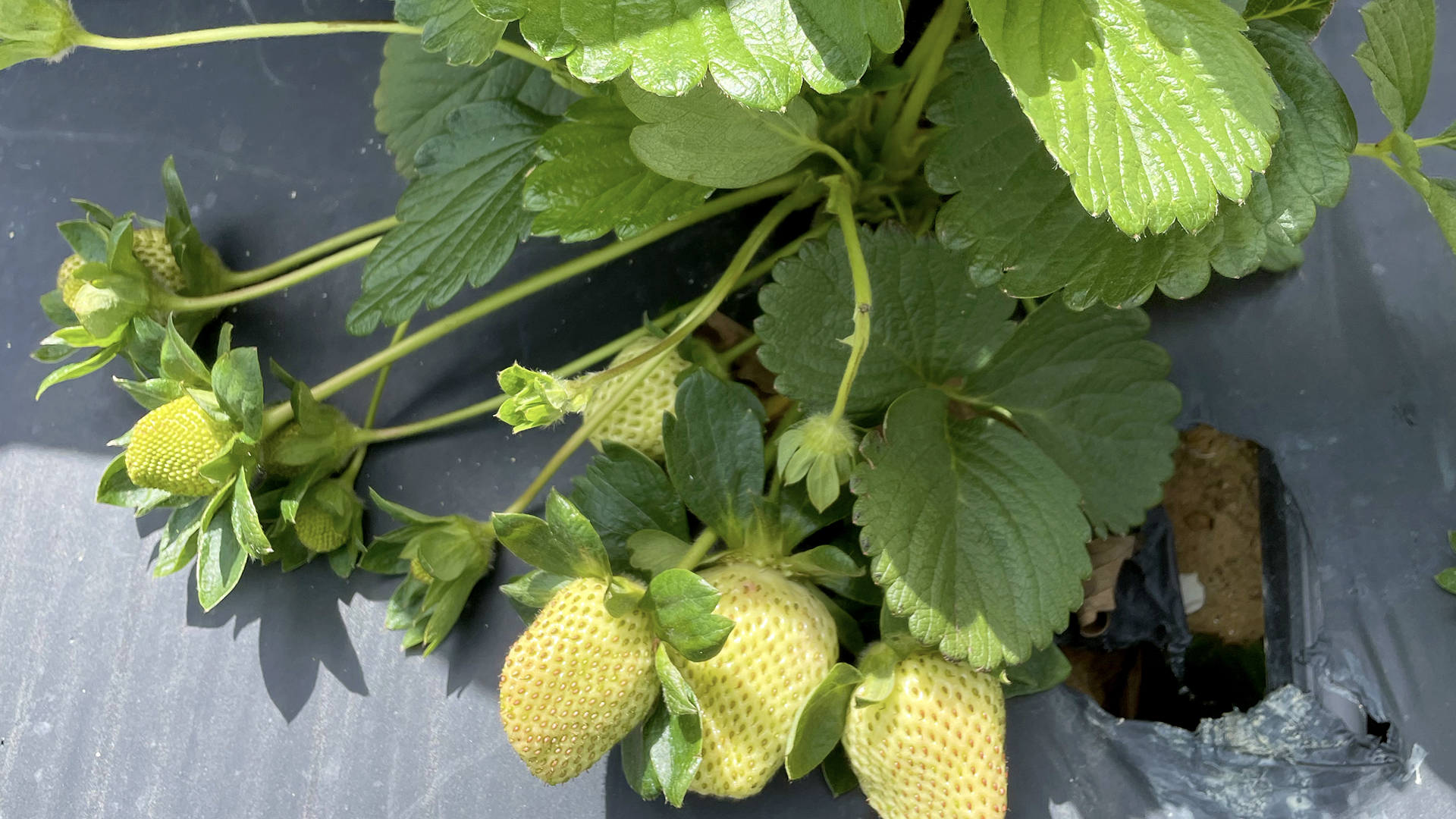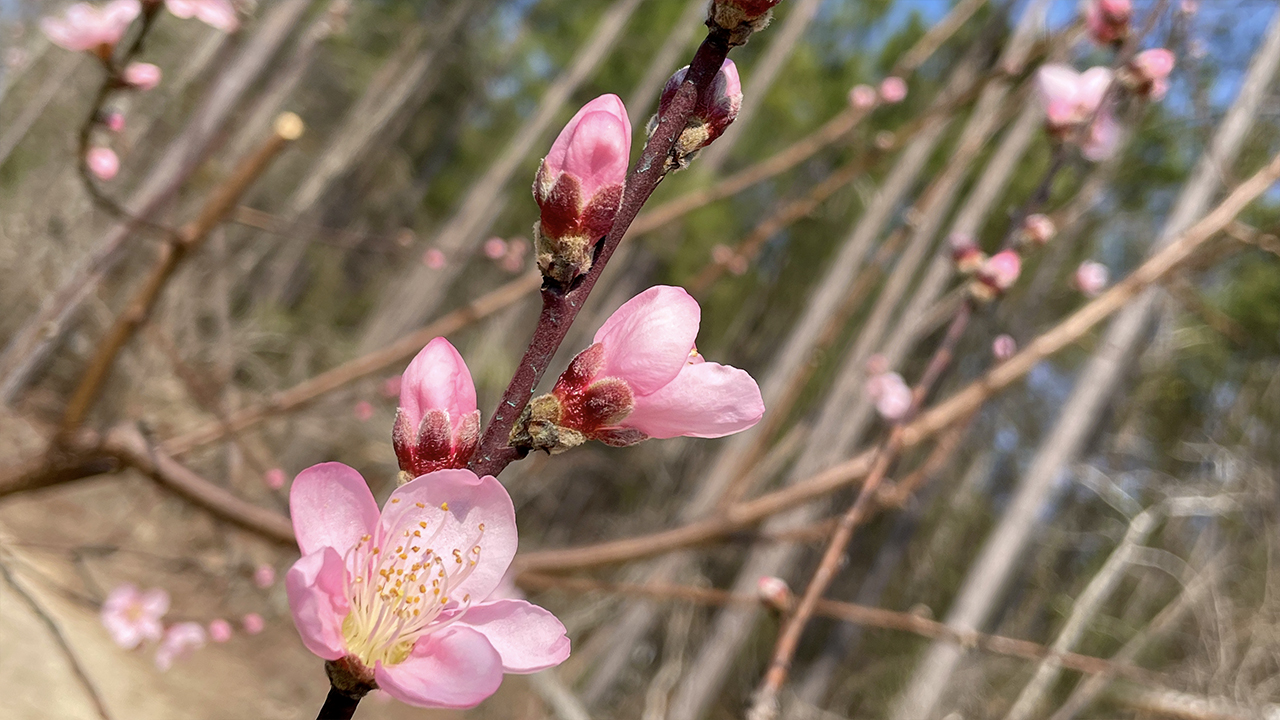Salazar Lab Research
Hydroponic Systems
Evaluating The Feasibility of Smart Strawberry Production (Fragaria Ananassa) In Hydroponics
Alabama has shown an increase in small fruit production lately, and strawberry production is not an exception. The State faces favorable consumer demand for fresh local strawberries. Producers have an opportunity to greatly expand into fresh markets, but also deal with multiple challenges every year regarding crop production, climate, and safety. Thus, there is an interest in exploring smart alternative systems for strawberry production. This study will be the first of its nature at Auburn University.
The purpose of this study is to evaluate the feasibility of strawberry production using a holistic approach through the integration of environmental factors, safety production, and physiological measurements to understand strawberry growth and development under hydroponics.
Photosynthetic characterization
We study fundamental processes such as the characterization of the photosynthetic and respiratory activity of fruit crops to provide a crucial understanding of this primary determinant of crop yield and the efficiency by which a crop captures light and converts it into biomass over the growing season.
Blueberries (photosynthesis)
Strawberries (photosynthesis)
Dormancy & phenology
Our goal is to positively affect the growers within the state and provide tools for crop management practices. Phenology and development play an important role in the overall life cycle of a plant. A comprehensive understanding that integrates the physiological basis of the crops such as dormancy and its relationship with the progression of other phenological stages at the whole plant level in conventional and alternative production systems is key for crop management. The understanding of dormancy is critical, and the completion of the chill hours requirement is one of the grower’s main concerns.
Blueberries (Phenology)
Strawberries (Phenology)
Peaches (Phenology)
Dry matter & distribution
Understanding the time-course of dry matter is essential to provide information to producers about the final yield of crops. Although the basic processes governing phenological development and biomass production act independently, both phenomena are strongly interrelated. Biomass production is the basic process of the conversion of the light interception, and its distribution among the different organs of the plant. The total dry matter is partitioned among plant organs according to plant phenological stages.
Blueberries (Distribution)
Strawberries (Distribution)
Peaches (Distribution)
Project info coming soon
- Plant disorders caused by environmental stress
- Physiological responses to climate variability
- Agricultural resilience
- Crop modeling
Research
Teaching
Team
Contact
Auburn Univ, AL 36849


